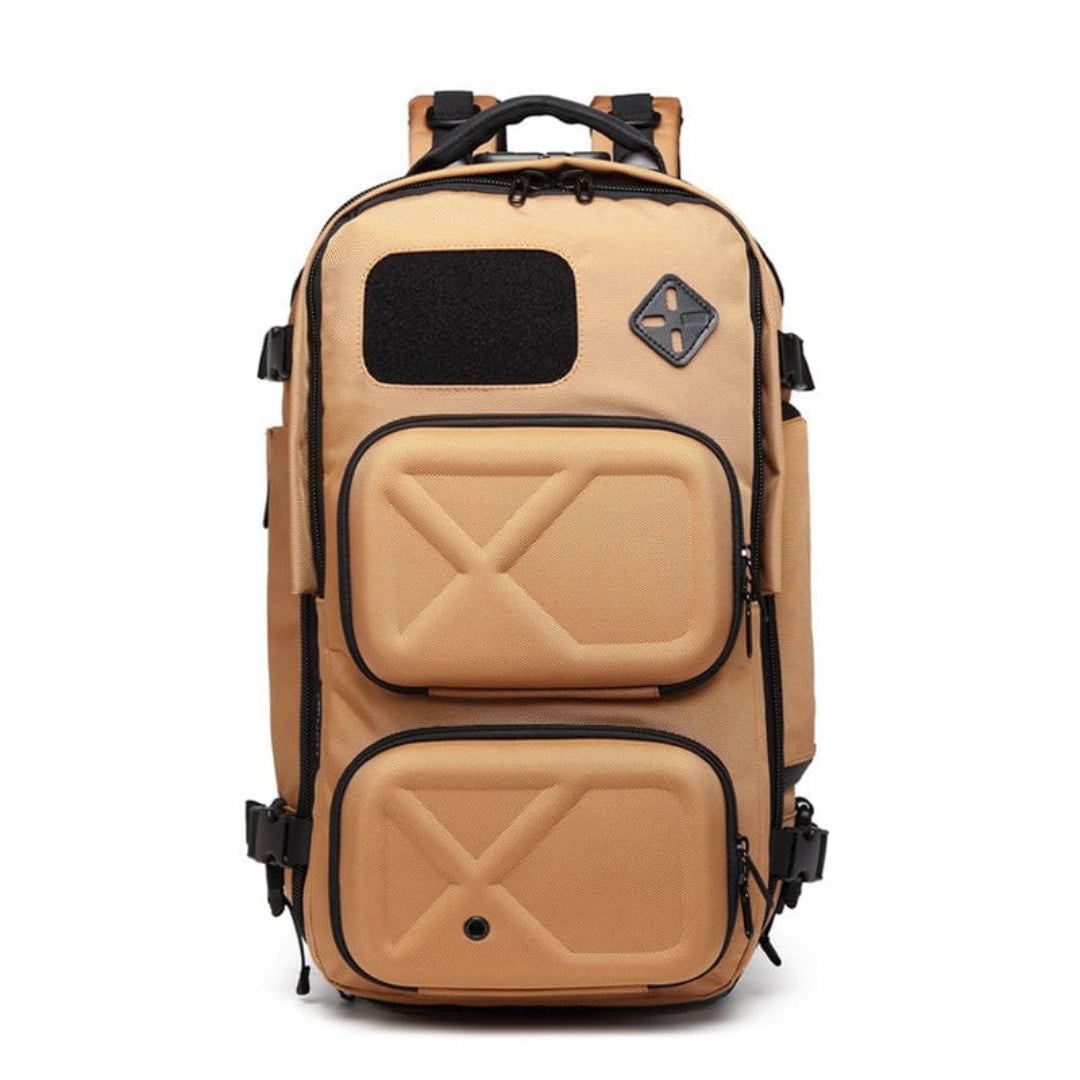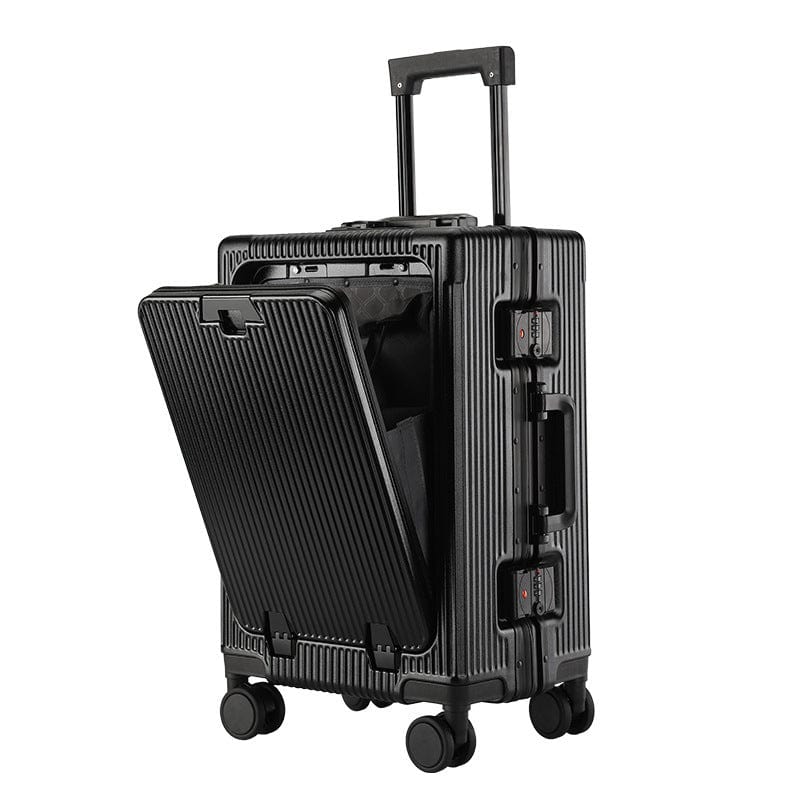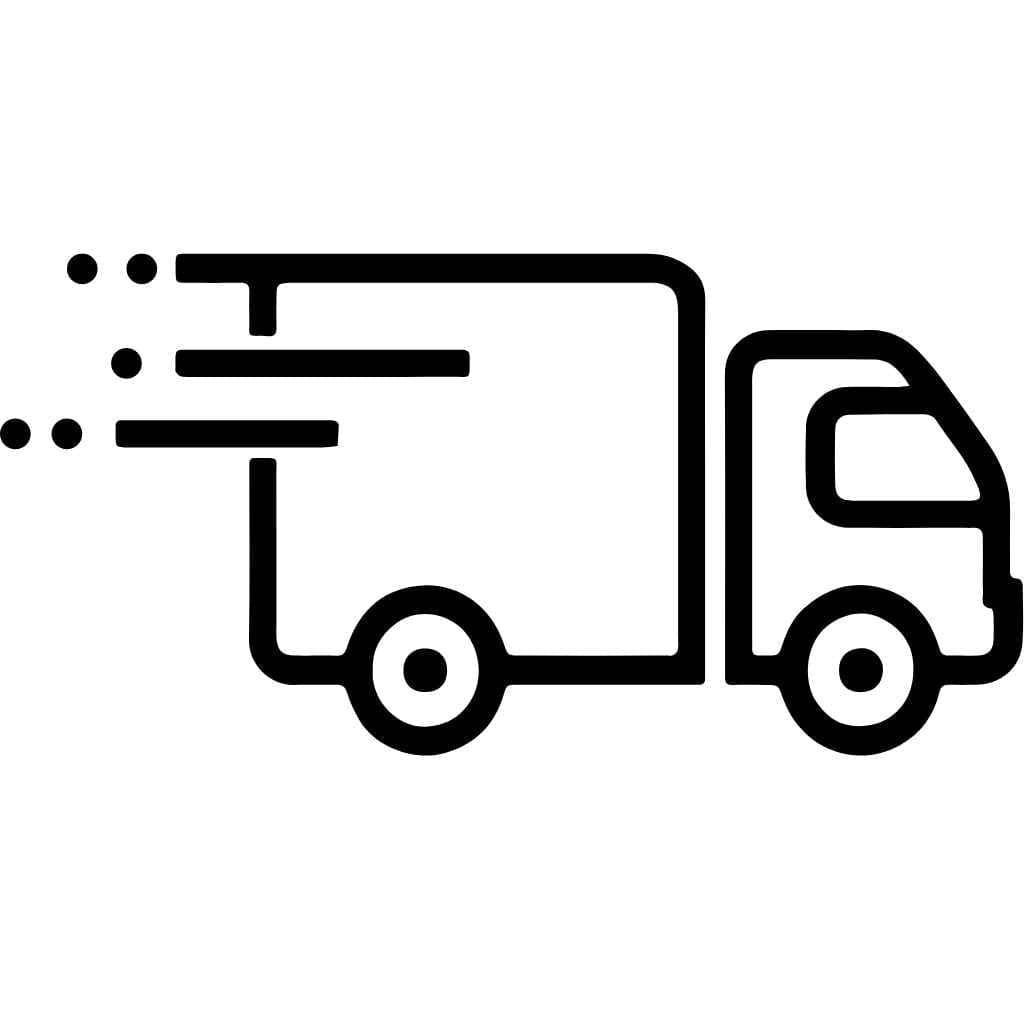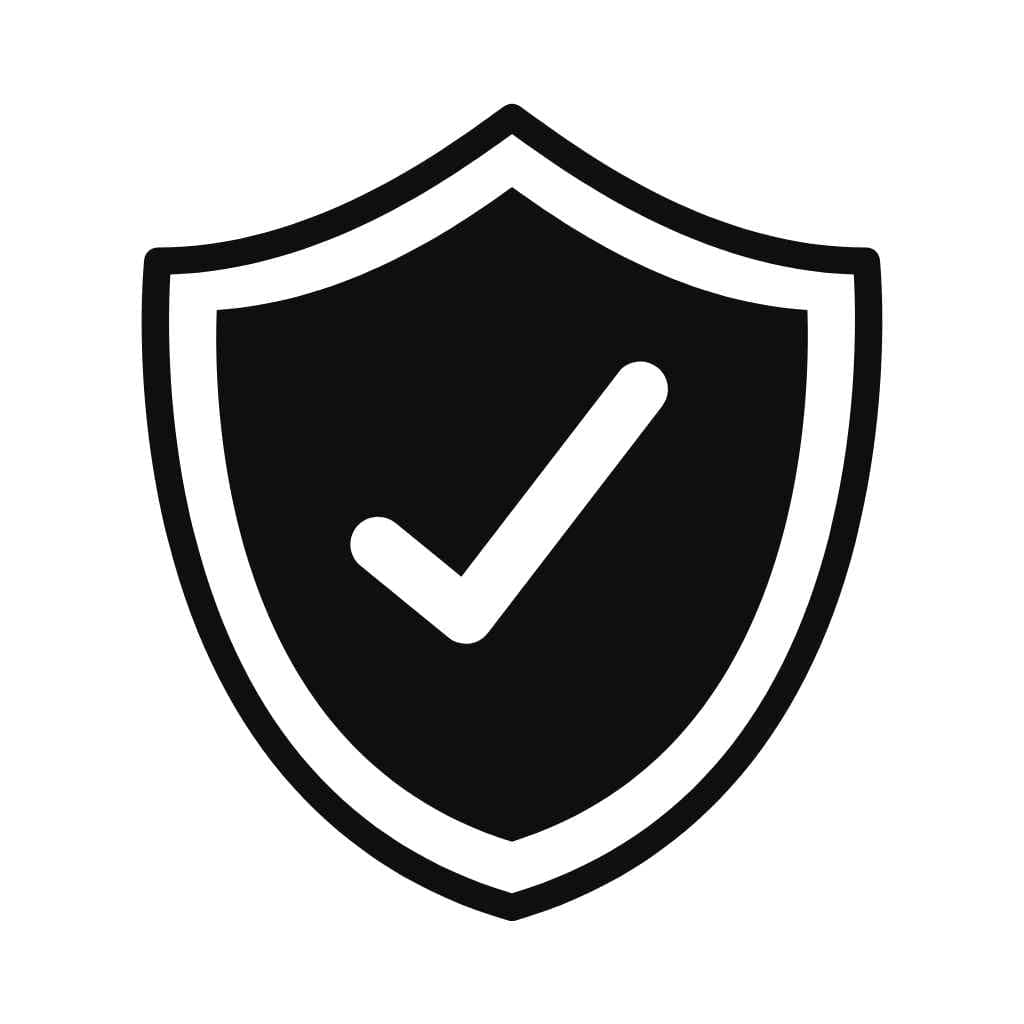Looking to elevate your fitness routine and achieve a stronger, more sculpted upper body? A pushup board workout plan might be just what you need. This innovative tool takes the classic pushup to the next level, allowing you to target specific muscle groups with precision while reducing strain on your joints.
With the right plan, you'll challenge your body, track progress, and unlock your full potential. Ready to redefine your upper body workouts? Let’s explore how a pushup board can transform the way you train.
What Is a Push-Up Board?
A push-up board is a fitness tool engineered to enhance your pushup techniques and upper body strength. It consists of a flat, durable platform with designated handles to assist in maintaining proper form and reducing wrist strain during exercises. By using a push-up board, you can target multiple muscle groups, including your chest, shoulders, triceps, and back, with greater precision.
Unlike traditional pushups that limit engagement to specific areas, push-up boards offer multiple grip positions, enabling you to isolate muscles effectively. Adjusting hand placement on the board allows you to diversify your workout and focus on areas like your deltoids, lateral chest muscles, or triceps. For instance, a narrow grip emphasizes the triceps, while a wider grip focuses on the chest.
Some push-up boards include added features such as color-coded zones or built-in resistance bands, which provide variety and elevate the intensity of your workout. Whether you're advancing your routine or easing wrist discomfort, these boards serve as a valuable tool in creating a structured workout plan for all experience levels.
Benefits of Using a Push-Up Board
Using a push-up board offers several advantages that take your fitness routine to the next level. This tool promotes better muscle engagement, reduces injury risk, and enhances workout versatility.
Improved Upper Body Strength and Endurance
A push-up board helps target specific upper body muscles through adjustable hand positions. Wider grips engage the chest, while narrower grips focus on your triceps. By isolating these muscle groups, you can increase strength and endurance over time. Exercises like Spider-Man Push-Ups or Archer Push-Ups make workouts more challenging, ensuring continued progress.
Enhanced Core Engagement and Stability
Push-up boards don't just work your upper body—they also activate your core. Placing your hands at different angles requires additional balance and stability, leading to stronger core muscles. This benefit improves overall posture and supports functional strength for everyday activities.
Wrist Comfort and Injury Prevention
The raised handles on a push-up board reduce strain on your wrists compared to traditional push-ups. This design makes it ideal for individuals with joint discomfort or limited mobility. Maintaining proper form also prevents overuse injuries, especially during repetitive movements.
Compact and Travel-Friendly
Push-up boards are lightweight and easy to store, making them perfect for home use or travel. Many models are foldable or compact, fitting easily into a gym bag or small space. This convenience allows you to maintain your workout routine wherever you are.
How to Use a Push-Up Board Correctly
Using a push-up board correctly ensures effective muscle engagement and reduces injury risks. Follow structured steps and maintain proper form throughout your workout.
Setting Up and Proper Form
Place the push-up board on a flat, non-slip surface to ensure stability. Insert the handles into the color-coded positions that align with the muscle group you want to target—such as red for shoulders, yellow for back, or green for triceps, depending on the board's design.
Adopt the correct push-up position by gripping the handles with a pronated (overhand) grip. Align your hands directly under your shoulders, and keep your body in a straight line from your head to your heels. Engage your core to maintain this alignment. Lower your torso towards the board while keeping elbows tucked and shoulders stable, stopping when your chest is a few inches from the handles. Push yourself back up by contracting the targeted muscles and return to the start. Pause briefly at the top to secure muscle engagement.
Tips for Maximizing Effectiveness
Target specific muscles by varying the handle positions. A wider grip emphasizes the chest, while a narrow grip focuses on the triceps. Adjust handle locations to experiment with muscle isolation.
Maintain controlled movements throughout each repetition to maximize muscle activation. Use slow descents to build strength and explosive upwards motions to increase power. Aim for 3 sets of 10–12 repetitions, allowing 60–90 seconds of rest between sets.
Warm up before starting and stretch post-workout to prevent stiffness. Stay hydrated, and track your progress by gradually increasing reps or changing grip placements over time.
Push-Up Board Workout Plan
A structured push-up board workout plan enhances your strength while targeting specific muscles. It combines varied grip positions and progressive repetitions to ensure consistent improvement.
Beginner-Friendly Exercises
Start with simple movements to build form and confidence. Perform standard pushups using the board with handles set in the neutral position to target your chest and shoulders. Aim for 3 sets of 5-10 repetitions, increasing reps gradually as you improve. Modify the exercise by keeping your knees on the ground if full pushups feel challenging. This reduces strain while maintaining proper alignment.
Incorporate wide-grip pushups once you're comfortable. Adjust the board's handles to the wider position to emphasize your chest muscles. Perform 3 sets of 5-10 repetitions, focusing on controlled motion. For core engagement, add planks on the board. Hold each plank for 20-30 seconds, keeping your body straight. Repeat for 3 sets.
This foundational routine introduces you to the push-up board, preparing you for more advanced exercises.
Intermediate Exercises
Intermediate exercises on a push-up board offer increased resistance and muscle activation, enhancing strength and endurance. These movements ensure effective targeting of specific muscle groups while promoting proper form.
Decline Push-Ups
Decline push-ups intensify your workout by placing greater emphasis on the upper chest and shoulders. Position your feet on an elevated surface while your hands grip the designated slots on the push-up board. This setup increases the angle, making the exercise more challenging. Perform 3 sets of 6-8 repetitions, maintaining a steady movement and a firm core throughout. Ensure alignment in your body to avoid added strain on the lower back.
Close-Grip Push-Ups
Close-grip push-ups focus on your triceps and inner chest muscles. Place your hands in narrower positions on the push-up board, aligning them shoulder-width apart. Keep your elbows close to your torso as you lower your chest toward the board. Execute 4 sets of 8 repetitions, concentrating on slow, controlled movements to maximize tricep activation and avoid unnecessary strain on your shoulders.
Wide-Grip Push-Ups
Wide-grip push-ups are ideal for fully engaging your chest muscles. Set your hands in the wider slots on the board, about one hand's width beyond your shoulders. Maintain this wider arm position as you lower your body until your elbows form a 90-degree angle, then press back up. Complete 3 sets of 8-10 repetitions, ensuring a stable core and proper depth to enhance your results.
Advanced Variations
This section introduces push-up variations that significantly challenge your upper body strength and stability. These exercises maximize muscle engagement and refine technique when used on a push-up board.
Pike Push-Ups
Pike push-ups emphasize your shoulders and upper chest by mimicking the movement of a vertical press. Start by positioning your feet on the push-up board and forming an inverted V shape with your body; keep your hips elevated and your arms straight. Lower your head toward the board by bending your elbows, then press back to the starting position. Perform 3 sets of 6-8 repetitions, maintaining control throughout the movement to prevent strain on your neck and shoulders. Adjust your stance by raising your hips higher to increase the difficulty.
Archer Push-Ups
Archer push-ups build unilateral strength in your arms and chest by isolating one side at a time. Place your hands in a wide grip on the push-up board, keeping one arm fully extended while performing the push-up with the other arm. Alternate sides after each repetition. Perform 2-3 sets of 5-6 reps per side at a controlled pace to maximize muscle activation. To further challenge yourself, reduce reliance on the straight arm by positioning it farther away from the board. Ensure your core remains tight to stabilize your movement.
Essential Tips for Creating a Balanced Routine
1. Incorporate muscle variety targeting
Ensure your routine includes exercises that target all major upper body muscles. Alternate between standard, wide-grip, and close-grip pushups to engage the chest, shoulders, triceps, and back effectively. Example: Combine 3 sets of wide-grip pushups, close-grip pushups, and tricep dips.
2. Balance intensity and recovery
Plan sessions with a mix of high-intensity exercises (e.g., decline pushups) and recovery-based movements like planks. Allow at least 48 hours between targeting the same muscle groups if performing high-resistance exercises.
3. Focus on proper progression
Gradually increase difficulty to avoid overexertion. Start with beginner exercises like neutral-grip pushups, transition to intermediate moves like archer pushups, and incorporate advanced options like pike pushups over weeks.
4. Include the core consistently
Strengthen the core by adding planks, mountain climbers, or twisting pushups to your plan. Aim for at least two core-specific exercises per workout.
5. Track performance metrics
Record the number of sets, repetitions, and rest intervals for each session. Example: Use a journal or app to monitor progress, adding repetitions or increasing grip difficulty every two to three weeks.
6. Prioritize warm-ups and cooldowns
Prepare muscles with dynamic stretches like arm circles or shoulder rolls before using the push-up board. End workouts with static stretches targeting engaged muscles, such as chest and tricep stretches.
7. Maintain consistent frequency
Perform push-up board workouts 3-5 times weekly for optimal results. Schedule rest days strategically to prevent fatigue and enhance recovery. Example: Alternate workout days with light cardio or yoga.
Common Mistakes and How to Avoid Them
Incorrect Hand Placement
Placing your hands incorrectly on the push-up board reduces muscle activation and increases injury risk. Ensure your grip matches the target muscle group by following the board's guides, such as using a narrow position for triceps or wide for chest focus. Avoid gripping outside the marked areas to maintain correct form and stability.
Sagging or Arching Back
Failing to maintain a neutral spine compromises form and puts unnecessary strain on your lower back. Engage your core and tighten your glutes to keep a straight line from head to heels. If you notice sagging during exercises, pause and reset your posture before continuing.
Uneven Repetitions
Performing push-ups with unequal depth or speed reduces workout efficiency and balance. Aim for controlled, full-range-of-motion movements, lowering your chest near the board on each rep. Start with fewer reps with proper form instead of prioritizing quantity.
Neglecting Warm-Ups and Cooldowns
Skipping warm-ups restricts mobility and increases potential for strain, while avoiding cooldowns leads to stiffness. Always perform 5–10 minutes of dynamic stretching or light cardio before exercises. Afterward, stretch worked muscles to promote recovery and flexibility.
Overtraining
Overloading your routine without recovery leads to fatigue and plateaus in progress. Limit push-up board sessions to 3–5 times weekly, integrating rest days or light activities. Listen to your body and reduce intensity if you feel excessive soreness or fatigue.
Ignoring Progression
Failure to increase intensity over time slows results. Gradually advance by adding repetitions, adjusting grip positions, or incorporating advanced variations like decline or pike push-ups. Use a consistent tracking method to evaluate improvements and set goals.
Avoiding these mistakes ensures the effectiveness of your push-up board workouts while minimizing injuries or setbacks.
Conclusion
A push-up board is more than just a fitness tool; it’s a game-changer for your workout routine. By incorporating it into your training, you can unlock new levels of strength, precision, and versatility while keeping your joints safe. Whether you’re a beginner or an advanced athlete, this tool adapts to your goals and helps you progress effectively.
Consistency, proper form, and a balanced approach are key to making the most of your push-up board workouts. With dedication and the right techniques, you’ll not only build muscle but also enhance your overall fitness and confidence. Start your journey today and take your upper body training to the next level.














